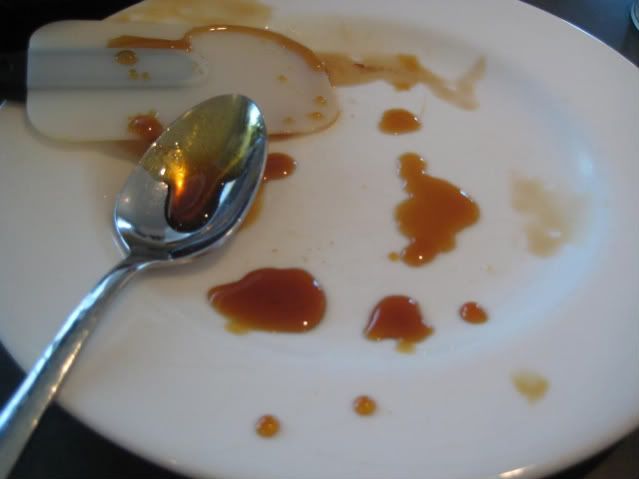bierhaus15
Well-Known Member
- Joined
- Aug 4, 2008
- Messages
- 1,951
- Reaction score
- 452
bierhaus,The #1 syrup I made was also quite thick and doesn't look that much lighter than yours. I think mine topped out at 242* F or so. Whatever temp it boils at determines how thick it will be (I was just a hair shy of 'firm ball'), next time I'll dilute it with some water to get the boil temp down to 230* F or so (or whatever soft ball is). You can always heat it up and add some water. IIRC, my first syrup (just caramelized syrup) boiled at ~220* F and was a bit too thin.
In order to add it to the boil I just used tongs and dunked the whole mason jar in the boil, filled it, dumped the watery stuff; repeated about a bazillion times until the jar was clean.
Thanks for the info! I plan on making another batch pretty soon to rectify my first attempt. The stuff I made has become so hard, it's like concrete - not looking forward dunking my mason jar a million times in the wort! Though I put some in my coffee this morning and it tastes pretty darn good.
I had a special bitter recipe already planned to test out the no.1 but after some consideration it I think I'll go super simple with something like 85% MO, 5% C40, and 10% No.1 invert to see what flavors the sugar adds. I got a hold of some Thames Valley II on a slant recently, so I'll give that a try. Anyone have any experience with this yeast?




























![Craft A Brew - Safale S-04 Dry Yeast - Fermentis - English Ale Dry Yeast - For English and American Ales and Hard Apple Ciders - Ingredients for Home Brewing - Beer Making Supplies - [1 Pack]](https://m.media-amazon.com/images/I/41fVGNh6JfL._SL500_.jpg)


















